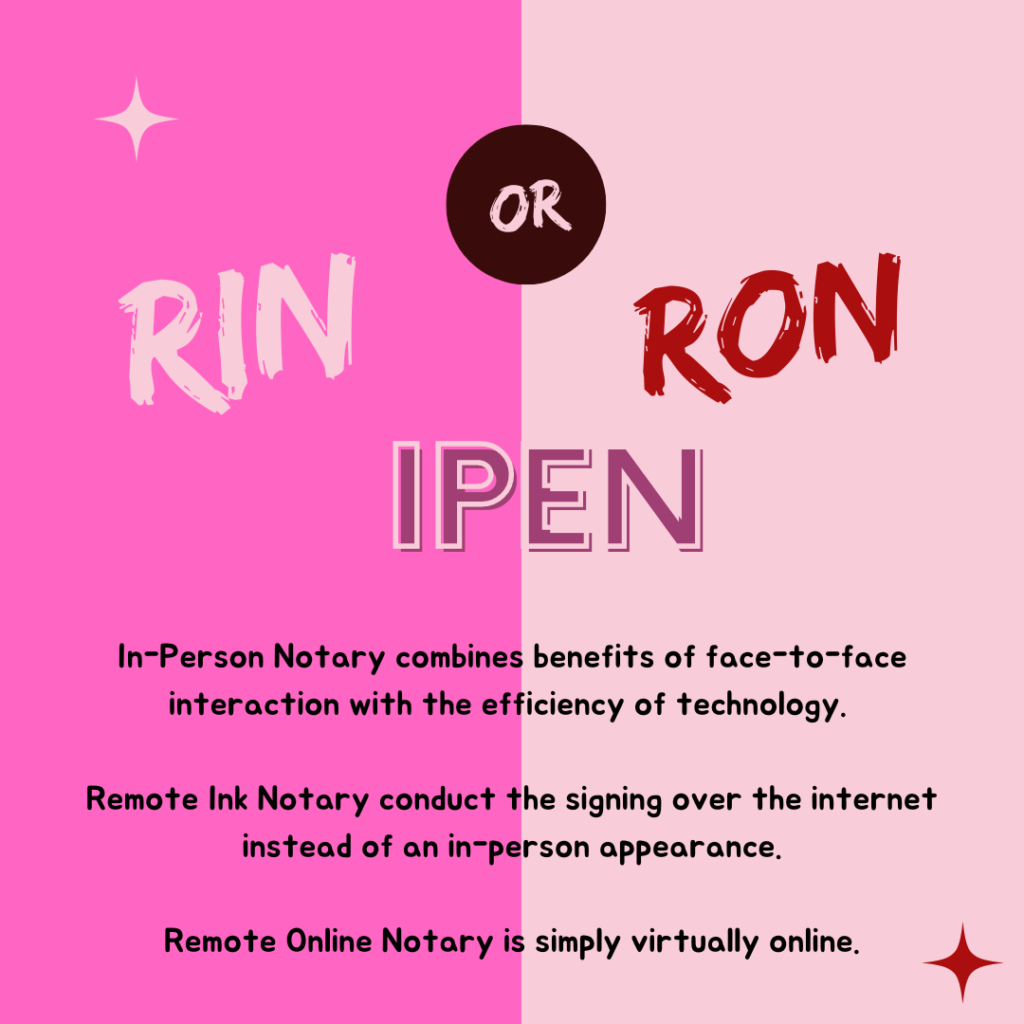The real estate sector has long benefited from technological improvements that have made it more automated and consumer friendly. Virtual showings, listing portals, and chat interfaces are all very commonplace these days. The process is made simpler for buyers, sellers, real estate brokers, and title agents thanks to the solutions that title companies are using. But it has been a never-ending battle to bring the notarial act into the digital age. The COVID-19 situation has made it necessary for notarization to be carried out digitally to comply with social distancing norms, even though notary law have always required the process to take place in person.

Remote Online Notarization (RON) and Remote Ink-Signed Notarization are currently the two procedures used to notarize the closing documents that are necessary (RIN). Both the signee and the notary public can complete the notarization remotely thanks to the use of digital tools. One of these solutions ought to work if your title business is seeking for secure ways to conduct digital closings. Let’s examine RON and RIN in more detail.
Acquiring Knowledge of Remote Online Notarization
The SECURE Notarization Act was submitted to the Senate in March to ensure that notarizations may still be performed despite shelter-in-place laws being in place across the nation. Because of this, several states now permit RON, which is helpful when a real estate transaction is approaching, and documents require formal notarization.
With RON, video conferencing tools and multiple-factor authentication identification techniques are combined on a specialized platform. This enables remote communication between the signer and notary so that the notarization can be completed. The digital documents are then electronically signed in real-time. Once the RON procedure is over, email transmission of the documents is sufficient, and no hard copies of the paperwork are necessary. Check to see if your state still permits its use if this sounds like the right option for your title company.
Remote Ink-Signed Notarization: What You Need to Know
Remote ink-signed notarization requires a physical signature even if RON fully digitizes the notarization procedure. Using a video conferencing tool like Zoom or GoToMeeting, the signee can stand in front of the notary during a RIN and have their identification verified in accordance with local notary regulations. However, the signee completes and signs the actual documents with a pen while the notary observes, as opposed to utilizing an electronic signature. The documents are then delivered by a delivery service, electronically, by fax, or electronically to the notary. The notary may use their notarial seal or stamp after receiving the documents. No face-to-face communication is involved in any of this.
RON or RIN to Complete Digital Closings
You have options if your title company is having trouble getting closing documents notarized because of the COVID-19 outbreak. All parties may keep themselves safe while completing a real estate transaction thanks to remote online notarization and remote ink-signed notarization. Choose the approach that best suits your needs using the information covered above.
